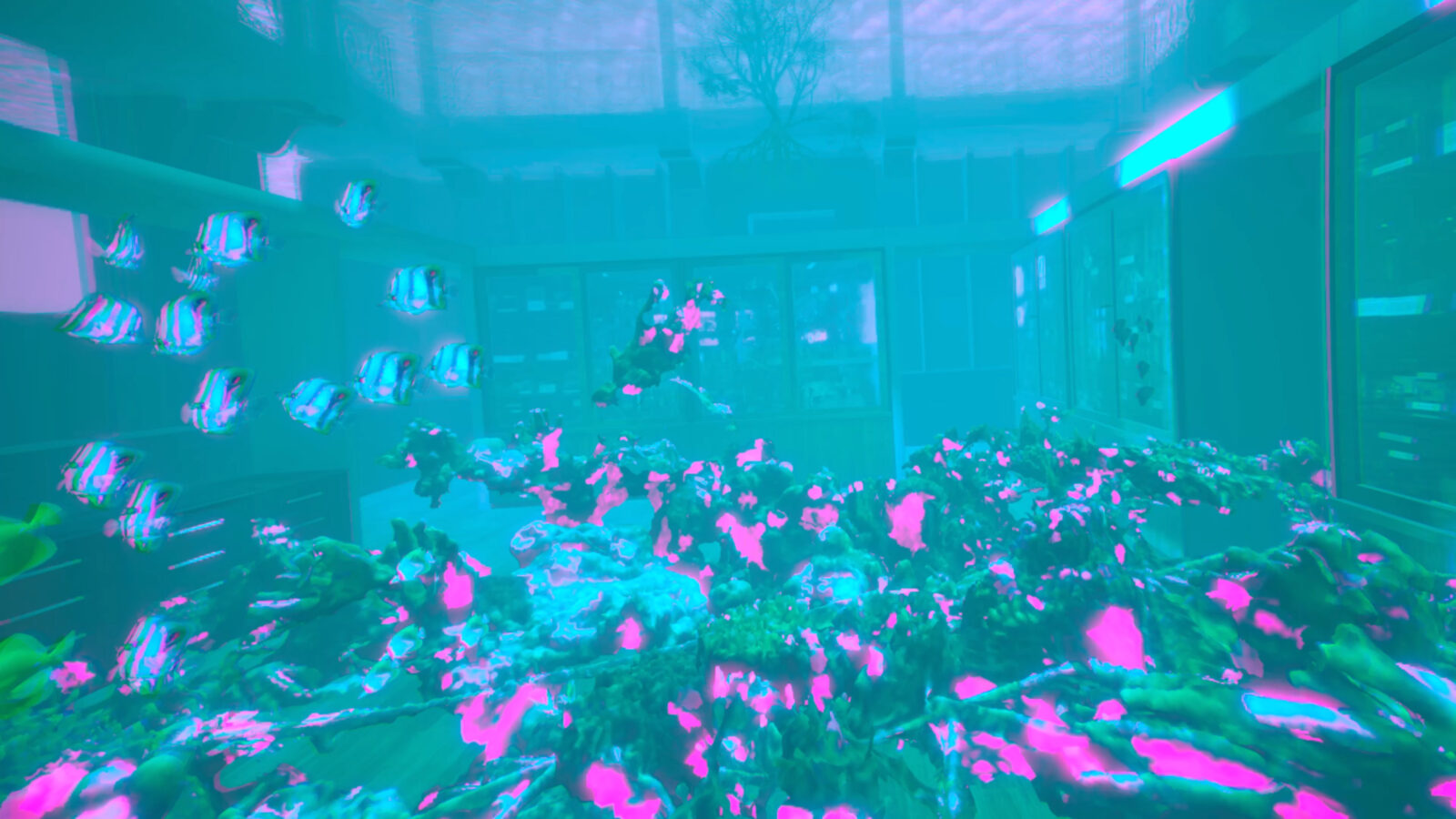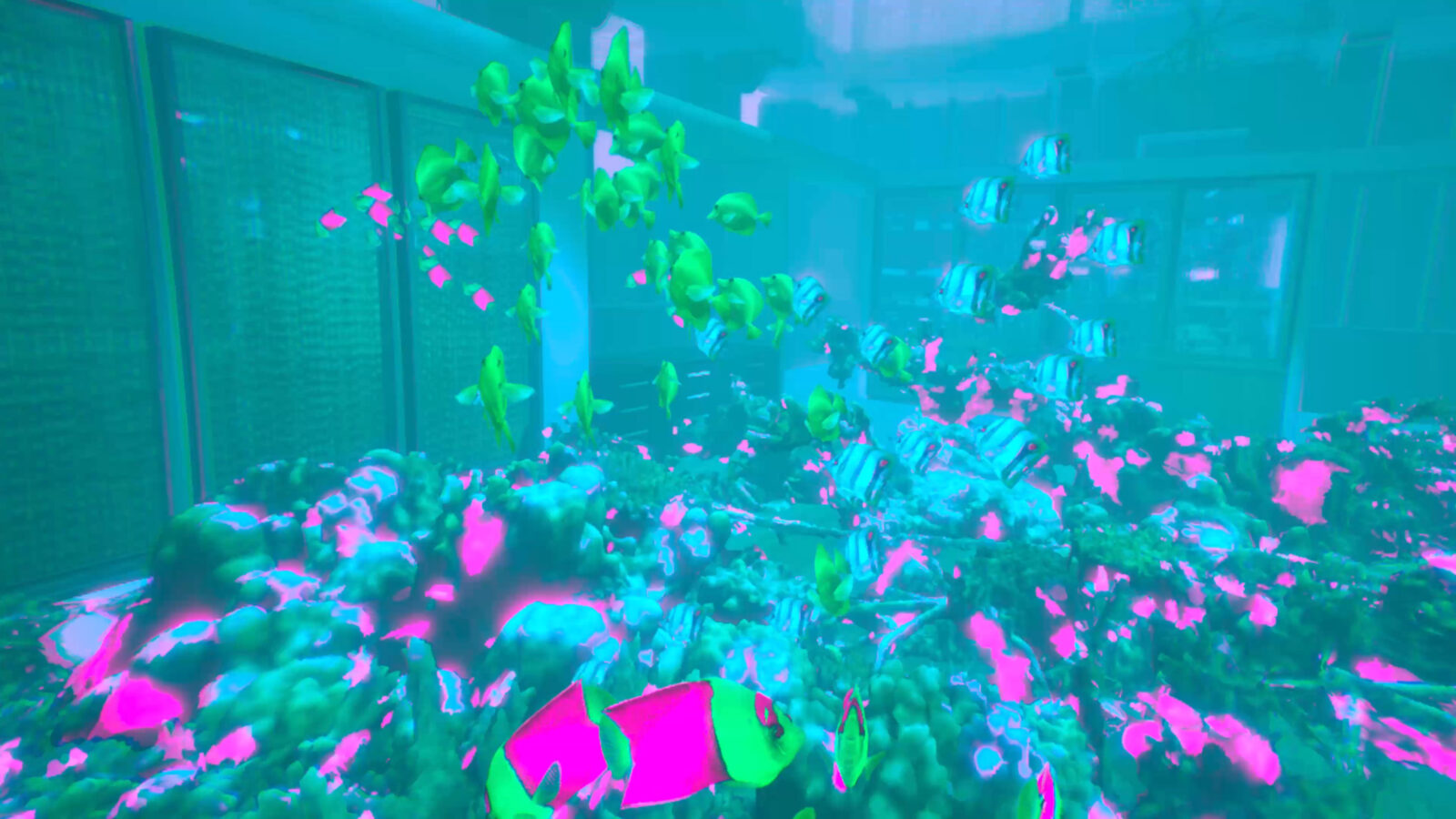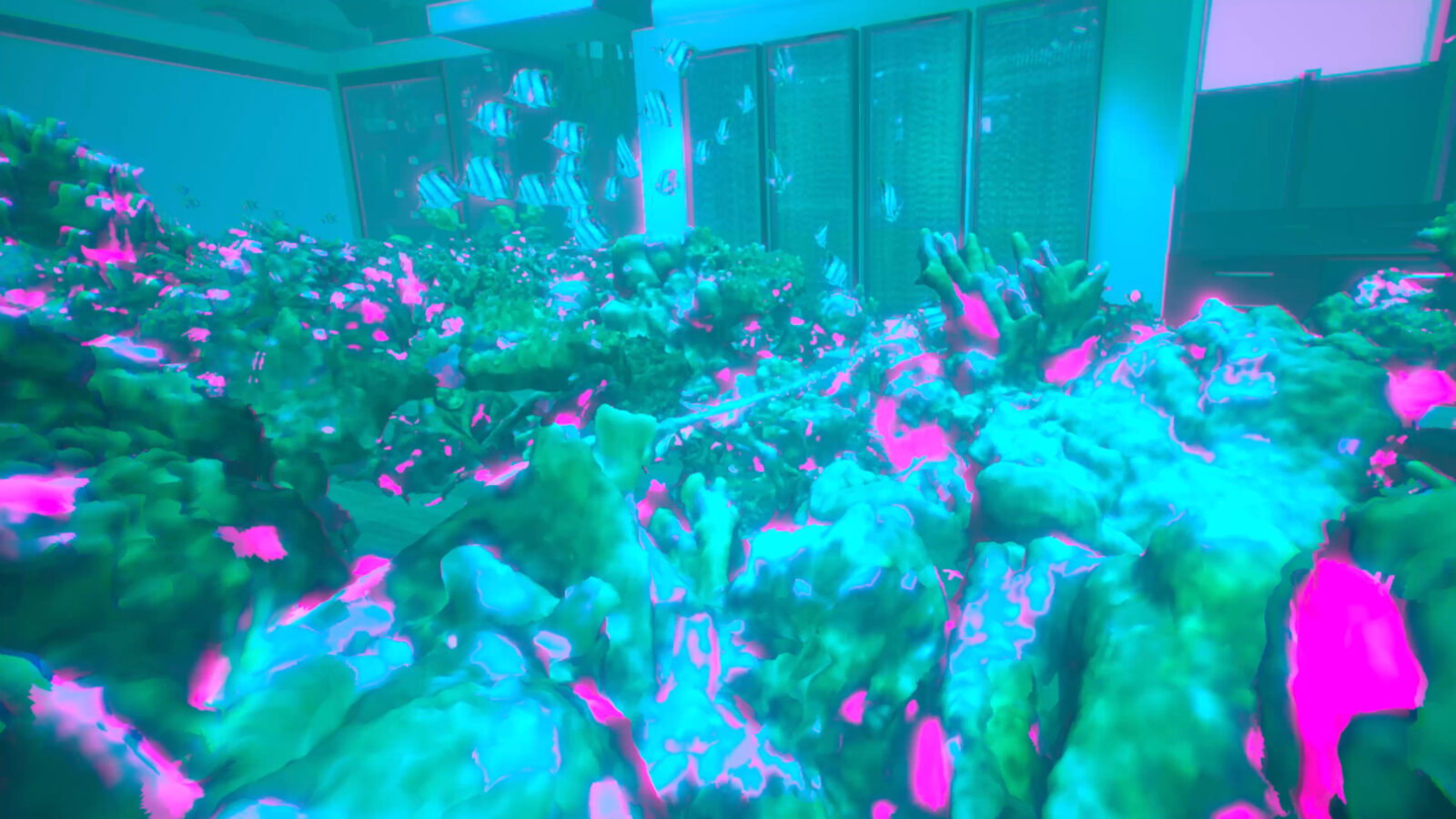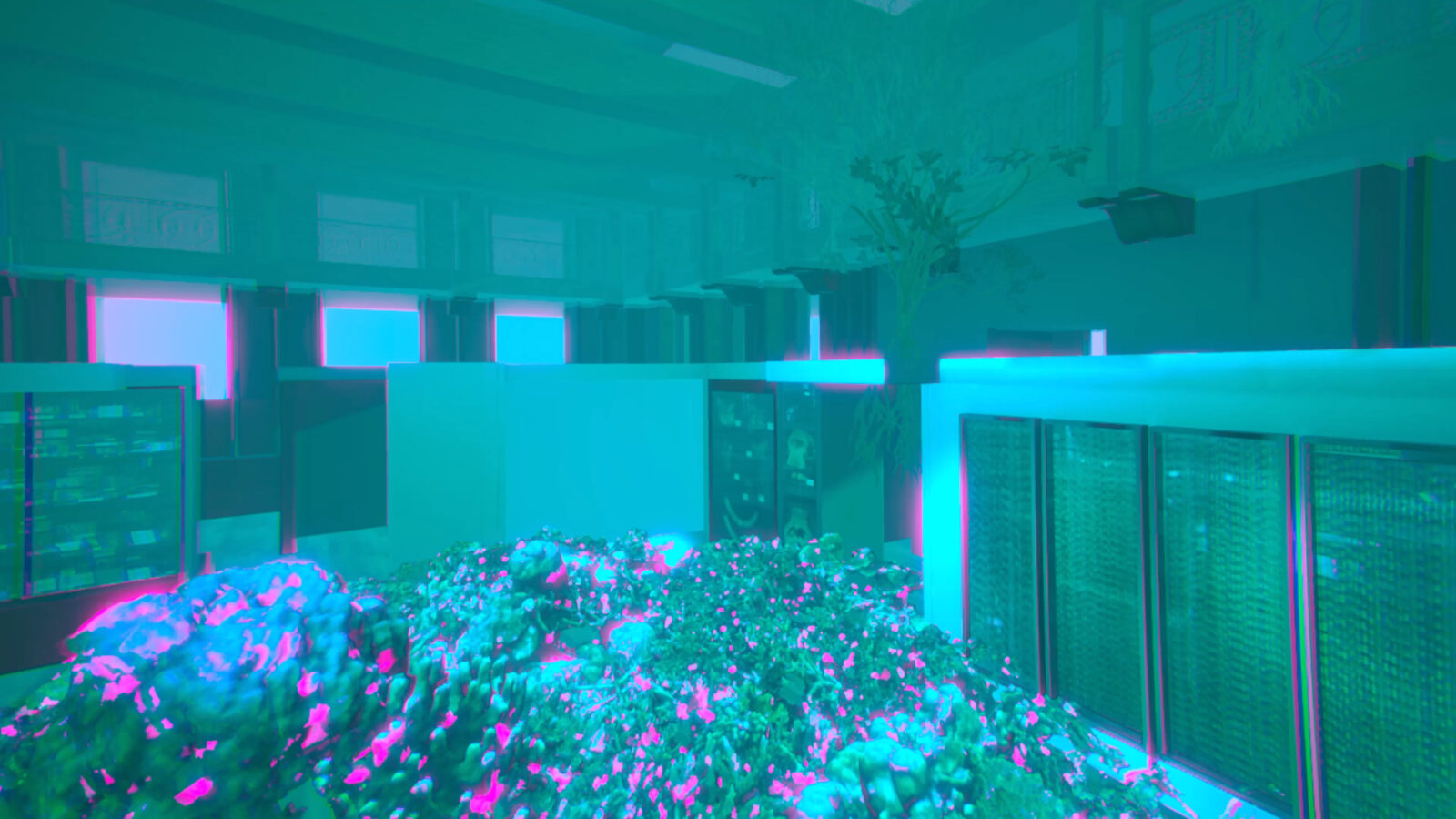John Zhang Research




Virtual World: Corals At the Grant Museum
This mixed reality installation at the Grant Museum of Zoology is a funded commission that has developed from the previous QHT-funded ‘Reimagining Coral Reefs’ projects.
Coral reefs sustain 30% of all ocean species, and their degradation represents a stark reminder of the climate crisis. The study and preservation of coral reef habitats is vitally important to planetary health, and humanity in general. The data gathered from corals today is complex and multi-sensory, but corals are often still presented in conventional ways, including in museum settings. Coral specimens in museums can sometimes reinforce the misconception of corals as static and colonised objects, rather than as animals that form the foundation of marine ecosystems.
The installation reconstructs real-world coral habitats virtually in a location-specific experience, where visitors will be able to immerse themselves in a virtually ‘flooded’ museum, transformed into a seabed, where they can ‘dive’ amongst healthy, degraded and restored coral reefs, through a multi-species perspective. The VR activity is integrated into two pieces of bespoke museum ‘furniture’ and presented alongside the Grant Museum’s own collection of coral specimens and 3D prints, and is supported by a public events programme.
The installation/exhibition forms part of the ongoing output of a nascent research collaboration called Datascape Realities, which brings together architects, designers, scientists, NGOs, industry partners, and cultural institutions. The research is focused on a multi-disciplinary approach to real-world data translation and visualisation using a combination of CAD, graphics, segmentation and game design platforms, transforming real-world photogrammetry, microscopy imaging and MRI scans into virtual environments, from where scientific data can be viewed, experienced and confronted from a new perspective. Ultimately, the research questions how mixed reality technologies, environments and experiences can be designed to communicate critical research data that is otherwise imperceptible, inaccessible or intangible.
